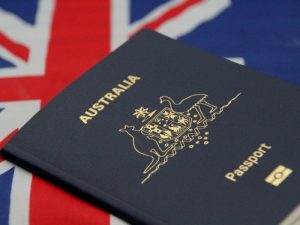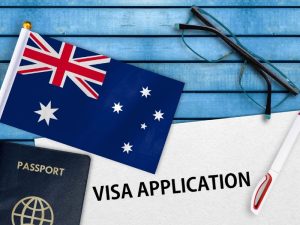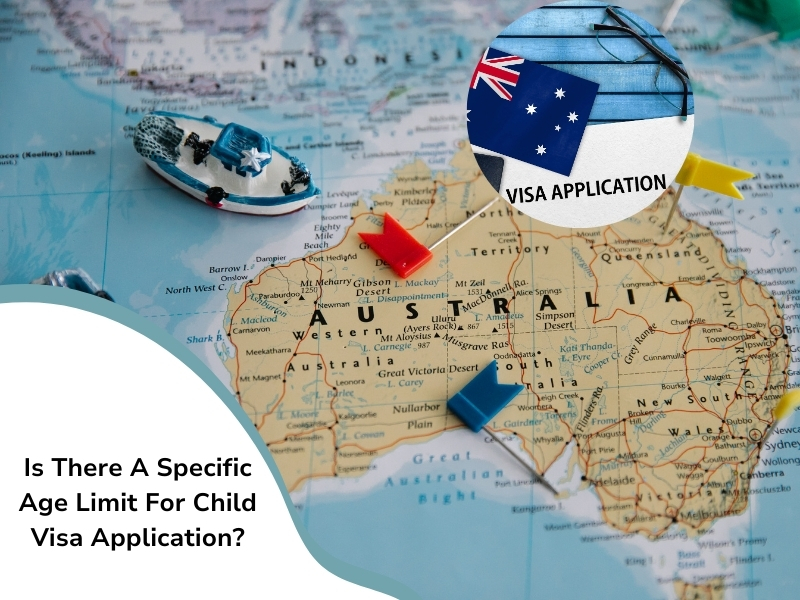If you’re looking to bring your child to Australia, one of the most crucial factors is whether they meet the age requirements for a child visa application. The child’s age is essential in determining eligibility. Australia’s immigration laws set clear guidelines regarding the maximum age for child visa applicants. Understanding these requirements is vital to ensure your child’s visa application is processed smoothly. This article will explain the specifics of child visa applications, including the age limits, exceptions, and other essential factors you need to know.
What is the age limit for child visa applications?
When applying for a child visa in Australia, the child’s age is one of the key eligibility criteria. A child must be under 18 to be considered for a child visa. However, there are specific regulations based on the type of visa and the child’s circumstances. Here’s a closer look at the general age limits for child visa applications:
- Under 18 years: This is the general age requirement for most child visa applications. The child must be under 18 at the time of the visa application.
- 18 to 25 years: In some cases, a child between 18 and 25 may still qualify for a child visa if they are financially dependent on their parents and are in full-time education.
- Adopted children: If the child is adopted, additional age-related requirements may exist. Generally, adopted children must be under 18 years of age when the adoption is finalised.
How does the age of the child impact the visa process?
The child’s age significantly impacts the visa process regarding eligibility, application requirements, and the type of visa you can apply for. Here are some key points to consider:
- Under 18: The application is typically straightforward if the child is under 18, provided other criteria such as health and visa character requirements are met. The child is expected to depend on the sponsoring parent or guardian.
- 18-25 years: The situation becomes more complex for children aged 18-25. The application may require proof of financial dependence on the sponsor, and the child’s eligibility will be assessed in the context of this dependency. Additionally, if the child is studying or living with a parent or guardian, this may strengthen the application.
- Dependence: Dependence is the key factor for applicants aged 18-25. This could involve proving that the child relies on the sponsor for financial support due to study or health reasons.
Knowing these factors ensures you meet all your child’s visa application requirements.
What are the different types of child visas in Australia?
Australia offers a variety of child visas, each designed for different circumstances and requirements. The type of visa you apply for will largely depend on your child’s age, adoption status, and the circumstances surrounding their migration. Here are the most common types of child visas in Australia:
- Subclasses 101 and 802: These are the most common child visas, allowing children under 18 to migrate to Australia. Subclass 101 is for children outside of Australia, while Subclass 802 is for children already in Australia.
- Subclass 445: This visa is for children of Australian citizens or permanent residents. It allows children under 18 to live in Australia while their parent or guardian’s permanent visa application is processed.
- Adopted children: If your child has been adopted, you may need to apply for the Adoption Visa (Subclass 102). There are specific age limits for adopted children, typically under 18.

Each visa subclass has its requirements, including age restrictions, so it’s essential to choose the correct visa type when applying.
Are there any exceptions to the age limit for child visas?
While the general age limit for child visa applications is under 18 years, certain exceptions may allow children over this age to apply for a child visa. These exceptions typically apply if the child still depends on their parents or guardians. Here are some scenarios where exceptions may apply:
- Full-time students: Children between 18 and 25 may still qualify for a child visa if they are full-time and financially dependent on their parents.
- Special circumstances: In some cases, if the child has a disability or other special circumstances, they may still be considered for a child visa, even if they are over 18.
- Adopted children: The age limit for adopted children may be more flexible in some cases, depending on the adoption’s finalisation date and the child’s age.
Suppose your child falls into any of these categories. In that case, seeking professional advice is vital to ensure your visa application is submitted correctly.
How does a child’s relationship with the sponsor affect applications?
The relationship between the child and the sponsor (typically the parent or legal guardian) is another crucial aspect of the child’s visa application process. The Australian government requires proof that the child is genuinely dependent on the sponsor and that the relationship is genuine and ongoing. Here’s how this affects the application:
- Proof of guardianship: If the child is under 18, the sponsor must provide proof of guardianship or parental consent.
- Financial support: For children over 18 who are financially dependent, the sponsor will need to provide evidence of their financial support, such as bank statements or proof of accommodation.
- Adoption records: If the child is adopted, the sponsor must submit adoption records to demonstrate the relationship’s legitimacy.
What are the common mistakes in child visa applications?
Child visa applications can be complicated, and applicants make several common mistakes. Avoiding these errors can help ensure your application is successful. Some common mistakes include:
- Incorrect age information: Providing inaccurate or outdated information regarding the child’s age can result in delays or rejections.
- Insufficient documentation: Failing to provide the necessary proof of guardianship, financial dependence, or adoption can cause issues with your application.
- Not meeting the age criteria: Applying for a child visa when the child is over the age limit without understanding the exceptions can lead to a denied application.

To avoid visa rejection, it’s essential to carefully follow the guidelines and ensure all required documents are included in your application.
How can you prepare for a successful child visa application?
Preparing for a successful child visa application involves several key steps:
- Ensure age eligibility: Double-check that your child meets the age requirements for the visa you are applying for.
- Prepare the Necessary documents: Gather all required documentation, including proof of guardianship, financial support, or adoption records.
- Follow the guidelines: Carefully follow the Australian immigration guidelines for child visa applications to avoid mistakes or delays.
- Seek professional help: If you’re unsure about any aspect of the application process, consider seeking professional advice to ensure the process goes smoothly.
Taking the proper steps can improve your chances of a successful application.
Why Is professional guidance essential for child visa applications?
The Australian child visa application process’s age limits, documentation, and exceptional circumstances can complicate it. Professional guidance from a migration consultant can make the process much easier. Here’s why:
- Expert knowledge: A migration consultant knows Australian visa laws and can guide you.
- Minimise Mistakes: Working with a professional can help you avoid common mistakes that could delay or derail your application.
- Personalised support: An expert migration consultant will provide tailored advice based on your circumstances, ensuring the best possible outcome.
Navigating the visa process alone can be time-consuming and stressful, so seeking professional help can save you time and frustration.
Get expert assistance with your child’s visa application
Applying for a child visa in Australia involves understanding various factors, including age limits, eligibility, and documentation. With the proper guidance, you can navigate this process with confidence.
At Bircan Migration & Education, our team of migration experts, with over 20 years of experience, is committed to helping families unite in Australia. We offer personalised guidance for child visa applications, including Subclass 101, 802, and Dependent Child Visa (Subclass 445). Our thorough, compliant, and client-focused approach ensures a smoother visa process. Contact Bircan Migration & Education today for a free consultation.
Frequently Asked Questions
- What is the general age requirement for a child visa?
Children must typically be under 18 to qualify for most child visas. - Can children over 18 apply for a child visa?
Yes, children aged 18-25 may qualify if they are financially dependent on their parents and in full-time education. - Are adopted children eligible for a child visa?
Adopted children under 18 may qualify, provided they meet specific requirements at adoption. - What documents are needed to prove guardianship?
Documents like birth certificates or court-issued guardianship papers are required. - How can full-time students over 18 prove dependency?
Financial records and proof of enrolment in full-time education can demonstrate dependency. - What happens if the required documents are incomplete?
Incomplete documents can delay or result in a rejected application. - Is there an age limit for adopted children under the Adoption Visa?
Typically, adopted children must be under 18 at the time of finalising the adoption. - Can a migration consultant improve my visa application?
Yes, a consultant can guide you through complex requirements and reduce errors in the application. - What is the role of financial dependency in child visa applications?
For children over 18, financial dependency on the sponsor is a key eligibility factor. - What should I do if my child’s visa application is denied?
Seek advice from a migration consultant to address the reasons for rejection and reapply if eligible.


